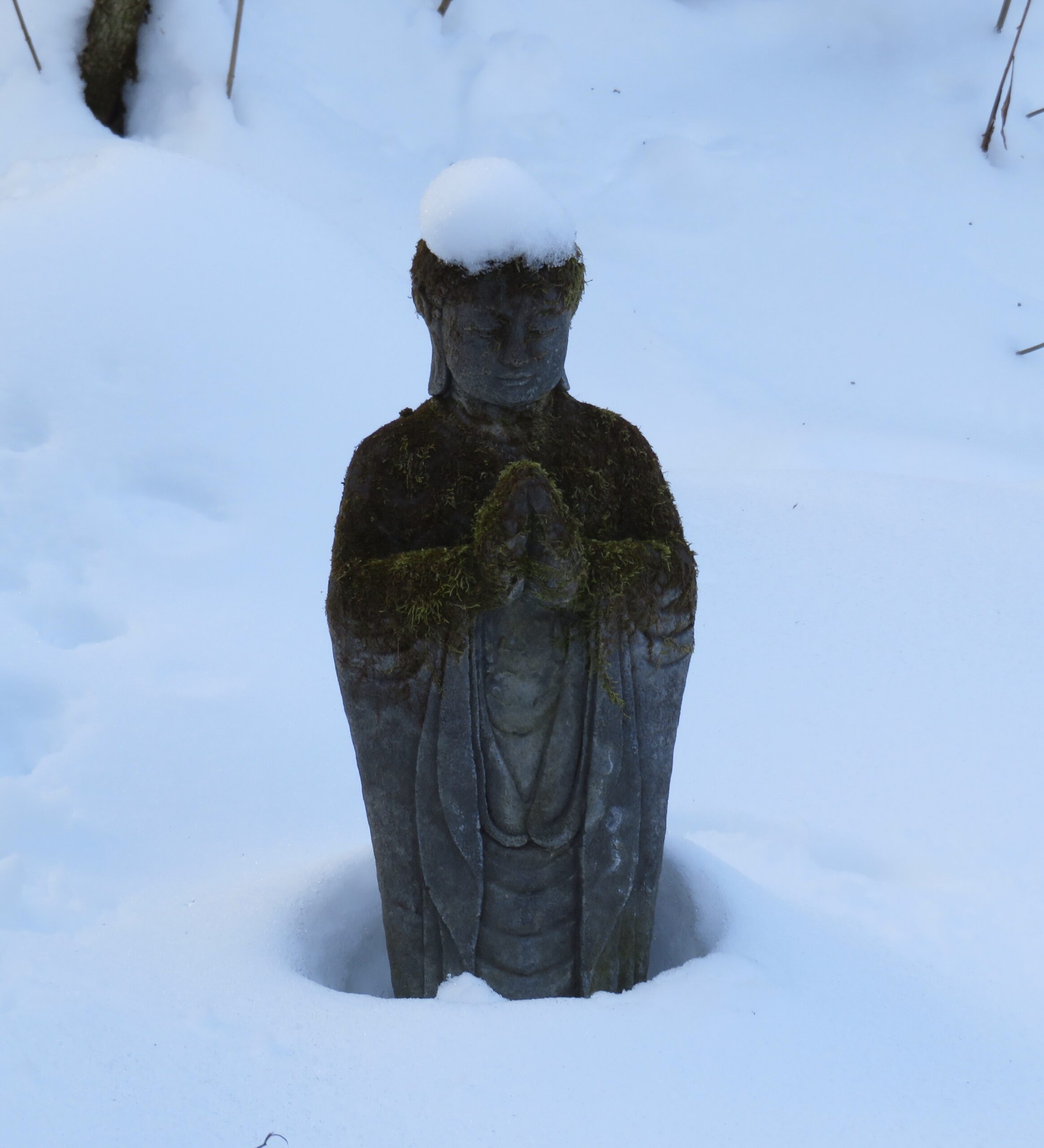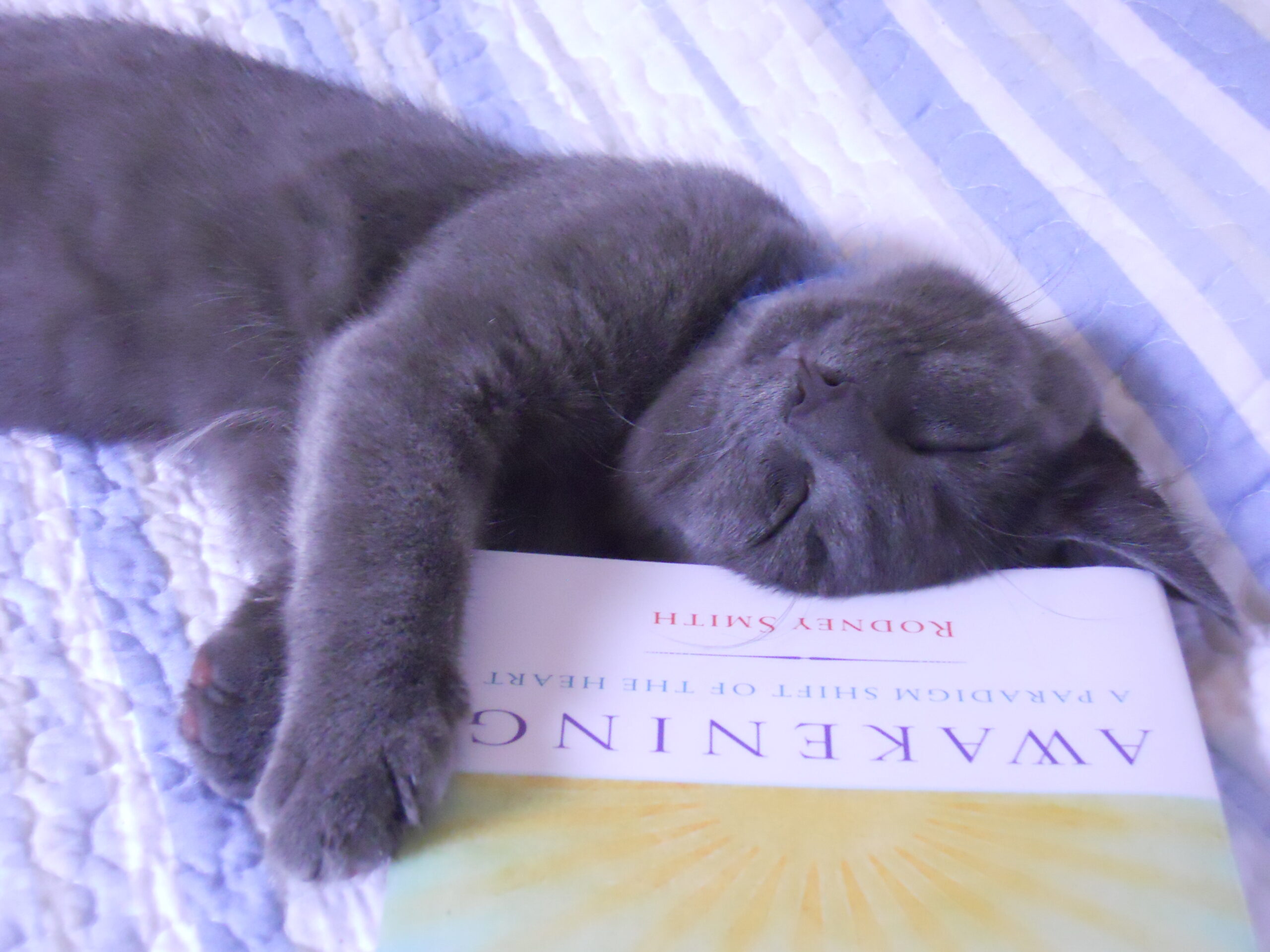I felt very anxious today, like so many other people I know. Anxiety is becoming a national malady. Years ago, if someone said they felt very anxious about the state of the world, it was often considered “not normal,” as an indication of underlying pain, trauma; of a psychological or medical state contributing to the person being “overly” sensitive to social-political conditions. Not anymore. Now, we’re all facing some degree of trauma. If someone doesn’t feel anxious, it might be considered not normal.
And I decided I don’t want to live like this. I don’t want to spend this whole election year so anxious it interferes with enjoying my life. So, I resolved to do experiments on myself. To try different mindfulness, artistic, and other practices to see what really works to help me feel some joy along with the fright. To notice, “if I do this, then that occurs.”
I’m not so much in a search for something like an idea of a desired goal, but for how to turn the light inward to create an awareness of what’s already there and perceive all that lies beyond it. The former creates a distance between me and the goal, now and some possibly future time. The latter involves an awareness, a curiosity about what’s intimately there, in myself. Now. To be present. This curiosity fosters clarity of mind and a readiness to act.
I realize that to even do such an experiment, I need to keep reminding myself that anxiety might even be helpful if I could interpret it as helpful. If I could allow it to simply wake up awareness and be mindful of it. To try to hide it away adds fear to the emotion. Susan Murphy, in her book A Fire Runs Through All Things: Zen Koans for Facing the Climate Crisis, points out our anxiety is one way the world tells us it needs something from us; and that what is needed is “already forming.”
But it can get heavy when I allow it in. Anxiety can take over my attention. Letting go can be difficult. So, I started periodically stopping what I’m doing and saying to myself, “hello, universe. Hello moment.”
I also notice that when I feel anxious, I think nothing will work. When I feel good, there are so many possibilities. So, what often works for me?
I close my eyes. Stand still where I am; and feel my breathing. Sometimes, I do a “square breath practice,” which entails counting to 3 for each exhalation, each pause, inhalation, pause. This develops focus, clears the mind and heart, to do nothing else but feel the breath. Without trying, I let go, for a moment or ten. But even for one moment, the chain of fear, of rumination stops. And I learn a valuable lesson: I can be free. I can feel what clarity is like and be it.
But my basic practice is breath counting, a simple practice of curiosity. Many traditions teach it. And I find it usually works for me. I sit in a quiet room, on a supportive chair, eyes maybe closed, open, or partly open. Hands resting in my lap. And I breathe in and do nothing else; then breathe out and say to myself “one.” My attention is placed, as completely as I can, on breathing the count. Not hurrying to get to another number, not pushing aside any thought or feeling. But just being there with one breath. Aware of that moment of breath counting, present with whatever is there. And if I lose the count, and I do it often, I just notice it and return to “one.”
Something indescribable, sort of like a clear blue sky, arises when I do this. Paradoxically, it’s also sort of what’s always there, except in the forefront instead of animating the background. If words do come to me, they’re like trees simply observed. Emotions that arise are like wind. They’re there, but do not possess me. Then there’s a pause; then a breath in. Then a count of “two.” This counting continues until I get to “ten,” and then goes back to “one.”
But breath meditations don’t feel right for everyone. We all need to experiment for ourselves.
Years ago, I learned another meditation, using artwork as a focus, or a natural object, like a pinecone or stone. This is based on an exercise I first learned from psychologist Lawrence LeShan. One object I found particularly fun and wonderful was a painting of a Buddha on a piece of slate. It’s a copy of an old painting discovered on a cave wall in Asia. It came with a metal holder, so I could place it on a small table in front of me and sit with it.
After taking a few breaths, sometimes with my eyes closed, I then open my eyes and look at the whole piece. Allow my eyes to flow over it. To not only see it but feel it. To welcome it. I then shift and look at specific points in the painting, or the stone. One segment at a time. Slowly. After a few minutes, I then close my eyes and bring up the whole artwork. See it in my mind. Then see details, one after another. Then I open my eyes and enjoy it anew. I look at the details, to see if or what I had forgotten or not seen the first time. When I do this, I feel like I’m in that cave with the Buddha.
Sitting with a work of art, or a waterfall, stream, the ocean or a lake, a tree or mountain…..
*To read the whole article, please go to The Good Men Project.



